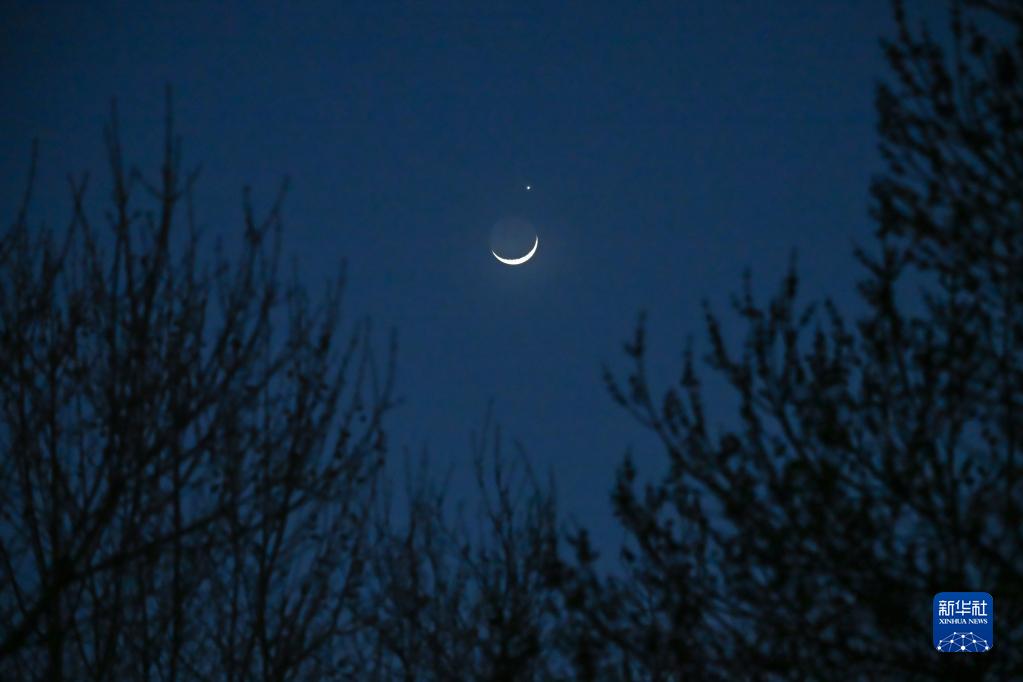Ashtanga moondays are special to the Ashtanga world. Both the full and new moon are included. Both days are treated as a mini-holiday or break from training.
Why don’t we practice on Ashtanga Moon Days?
Ashtanga moondays are not practiced as a form of respecting the rhythms and cycles of nature. According to Indian astrological beliefs, certain activities are not recommended on moon days. By not practicing yoga, we respect the moon days.
Three reasons are enough to not practice these days.
Related article: Ashtanga Moon Days 2023
Take a look.
In this article, I will discuss the following: Reasons 1 and 2 – Indian Astrological Belief 3 Reasons 3 – Ashtanga Moon Days as an excuse to rest 4 Related Questions
Ashtanga Moon days: Higher and lower energy levels
It is most often cited as the reason why people rest during moon days.
Every 28 days, the moon circles around Earth. The idea of a month is derived from the lunar cycles.
When Pattabhi Jois asked why we should not practice on moondays, he replied:
Two planets [grahas] in one place is very dangerous.
Pattabhi Jois
This means that the Sun and Moon will be in line with the Earth’s position on moon days. The effect of these planets is more pronounced. One well-observable result is that the ocean tides are higher or lower on these days.
Both the Sun and Moon have a gravitational effect on Earth and influence ocean tides. The Moon is the most important, as it’s closer to Earth.
Around the New Moon or Full Moon, we see the biggest difference in high and low tide. During these Moon phase, the Sun and Moon are aligned to the Earth. Their gravitational pulls the water of the ocean. The result is high and low sea levels.
To return to the question of how the phases of moon can affect us, we are 70% water, so just as the ocean tides and nature are affected, our bodies too are.
Connecting with the universe is easier when we observe moon days and rest. This connection may then make us more conscious of the impact the universal energy has on us personally.
Full Moon – Prana
Yoga allows us to associate moon phases and breathing cycles. In this way, full moon energy corresponds with the top of inhalation. The force of prana reaches its peak at this point. We may feel energized and unrooted during this time.
Matthew Sweeney, my teacher, gave me and my classmates an assignment. Over a 4 month period, we recorded how we felt about the practice and how it felt on each moon day. This was over a period of 4 months, and included 8 moon days.
When it was time to write about my experience, I discovered that the moon days had indeed an impact on my mood and my practice. When the moon was full, I felt incredibly energized. My practice became very dynamic. My body craved backbends.
Some people believe that during full moons, we are more prone to injuries because we have a little bit more energy and push ourselves too hard.
My first Ashtanga instructor told me that moon days are not good for practicing Ashtanga because we’re more likely to be injured.
Apana – New Moon
The New Moon follows the Full Moon and the Inhalation. Apana’s power is strongest at this time. We may feel heavy, but grounded and lethargic during this day.
During my 4-month experiment, I felt very sleepy and heavy during my new-moon practices. My body was telling me to rest, and I wanted that.
It is impossible to make any scientifically accurate conclusions based on 4 months. The moon phases did seem to affect me, but I didn’t get to see it.
We become more aware of the cycles that govern our universe and we may begin to realize that not all is under our control. This awareness may help us to live in harmony with ourselves and our environment.
Indian astrological beliefs
Hindu rituals in India, the birthplace of yoga, place great importance on the Full and New Moon.
In the Hindu calendar, a lunar month has two fortnights.
- The New moon (Amavasya), which begins the first month, ends the second (Purnima). The period between the two is known as Shukla Paksha, or Bright. This is because it is the period when the moon is brightening.
- The second starts with the Full Moon (Purnima), and ends with the New Moon (Amavasya). The period between is called Krishna Paksha, or Dark. This is because it’s the time of the fading Moon.
The New Moon and Full Moon have spiritual significance in the Hindu calendar.
Pattabhi began teaching yoga in Mysore at the Sanskrit College from 1937 until 1973. The Sanskrit College closed for classes every month on the days of the full moon, as well as the day before and the following day. Pattabhi Jois and all of the students, teachers and staff were brahmins.
The Bramanas are busy with temple duties on Full Moons and New Moons. They don’t teach during these times.
This is why classes were not held on those days. Pattabhi Jois, a brahmin who taught at the Sanskrit College followed the lunar calendar and the astrological cycle.
It could be that Pattabi Jois didn’t teach Ashtanga during moon days, and years later they became known as rest days.
Reason 3 – Ashtanga moon days as an excuse for a rest
We practice Ashtanga six days a weeks.
Moon days are rest days. It is a day to rest the body and indulge in things that we avoid during practice (like sleeping more or drinking a few beers).
Related questions
What are the dates of the Moon Days for this year?
On their websites, many Ashtanga Studios list the Moon Days. This site lists the moon days for 2020.
Do Ashtanga studios teach on moon days?
During these days, most Ashtanga studios will close. This is also an opportunity for the teacher to take a break from teaching. Depending on the teacher’s teachings and how they operate, they might remain open and simply tell the students to relax or pay attention to their feelings. Some teachers also choose to stay open and offer gentler restorative classes. It is worth checking out a restorative studio if you can find one near you, especially if you are feeling a little more energetic than usual.
Why do some studios have their moon days a day earlier?
There are many ways to calculate moon days. One time I arrived at my studio to find that it was closed. I was checking out the moon dates of another studio when their moon day appeared a day earlier.
In India, astrology is used to calculate moon days. This is because, rather than using an astronomy system that considers the day beginning and ending at midnight, the moon days are calculated by following the Indian astrology calculation.
This system considers the time period before the exact moment the moon is new (or at its fullest) to be the moon day. This is known as a Tithi in Indian Astrology. A difference can also be made in the calculation if the day begins at sunrise and not midnight, as most people think.
According to Indian astrology, the day ends when the sun rises, so if, for example, the moon is at its fullest at exactly 4 am on a Friday, then Thursday, and not Friday, is the date of the full moon.







